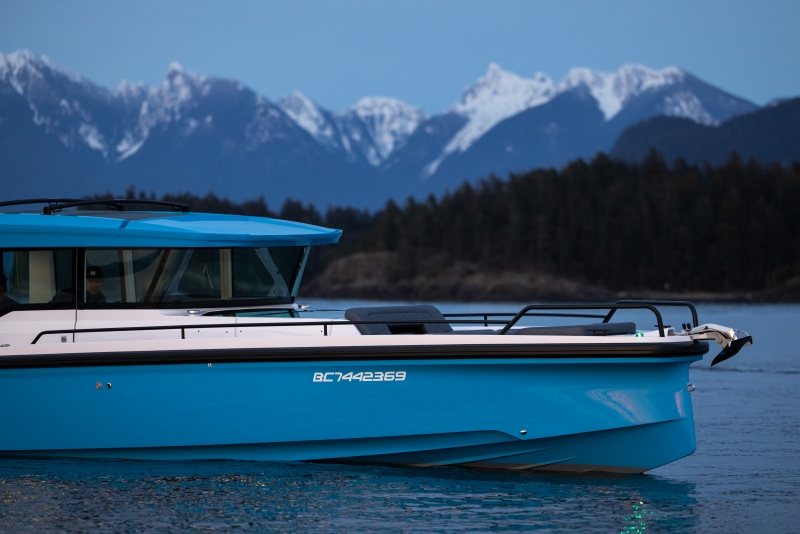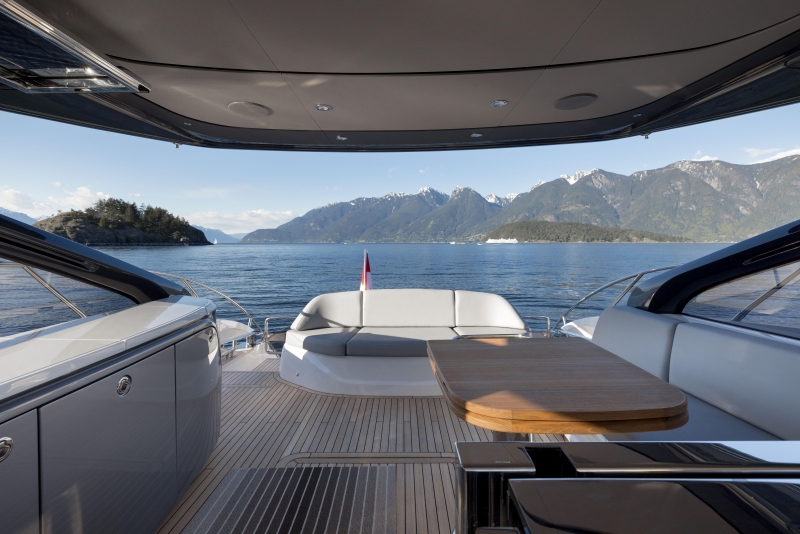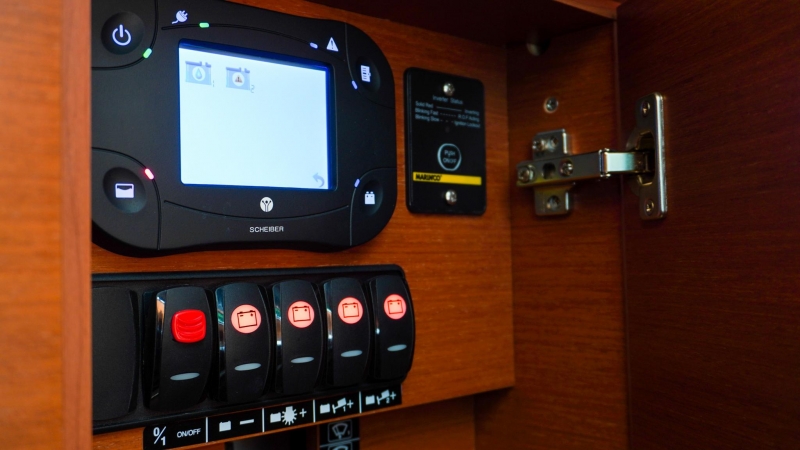Mid-Winter Boat Checks
2nd December 2022
If your boat has been winterized thoroughly and buttoned-up tightly to anticipate wintry weather, you’re justified in not visiting your pride and joy for six months, right? Well, if you can stand such an extended period of separation, you’ve got more restraint than most. There are many good reasons for visiting your boat a couple of times during the winter for some mid-winter boat checks
Exterior

Conduct the first check is as you walk down the dock starting with a visual check of the exterior. Is the boat floating on her usual lines? If in the fall you installed a cover, give it the once over, checking for tears of loose lines. You don’t want to arrive in April to find water in the cockpit. Tarps can tear at load points and these need to be checked often. Tighten all the lines and double up if they look loose. Make sure tarps can’t flap against the boat to avoid any unnecessary scratches to the boat.
Walk around your boat on the dock or deck, making sure fenders are placed correctly and secured, and mooring lines are holding the boat safely in the slip. Make sure they are secure but still allow a little movement of the boat in the slip. If mooring lines are too tight, they will put undue stress on the boat’s cleats. In addition, make sure the lines are not chafing the boat’s paint, bright work, or fiberglass. Check that scuppers are clear and shore power cables are securely plugged in at both ends, with no signs of arcing or burning.
Interior

Check that hatches are secure or locked, and look for signs of leakage on the deckhead, cabin walls, bulkheads, and deck. Check under cushions and berth for leaks, condensation, or mildew: in fact, it’s a good idea to prop up the cushions so air circulates underneath them.
Bilge
It’s critical during your mid-winter boat check that you make sure the bilge pumps are operating properly. Manually lift the float switch to ensure that it activates the pump. Make sure the intakes are clear of debris which could clog them when the pumps are most needed. It’s not uncommon for water to sneak its way onto a boat without us knowing.
Electrical

Check the meters, monitors, and panels of your electrical and battery-charging system. Is the shore power system connected and functioning? Are all the circuit breakers and fuses in order?
As for the batteries, it’s a good idea to maintain a charge on them. All batteries, both new and old, will discharge during periods of inactivity. If the batteries aren’t on a float charge, give them a midwinter charge. A battery maintained with a charge on it will give you longer service life than one allowed to continually run down. A boat moored in the water during the lay-up period needs an operating bilge pump, and that requires charged batteries.
Make sure the battery terminals are clean, take the cables off, clean the connectors, apply a dielectric grease to the terminals, and reconnect, making sure the connections are tight. Check the electrolyte level.
Stored On the Hard

If your boat is on the hard on jack stands or a trailer, strong winter winds can cause a jack stand or two to shift slightly, perhaps leaving the boat unbalanced. Heavy rains could let them settle deeper into the ground.
If the boat is shrink-wrapped, check that there is adequate ventilation to prevent a breeding ground for mildew.
If you haven’t already done so, post your contact number where it can easily be seen from the dock in an emergency. Make sure the marina office knows how to contact you, as well.
Regular mid-winter boat checks to your boat are a win-win: the boat gets some off-season TLC…and you get to dream of summer.


